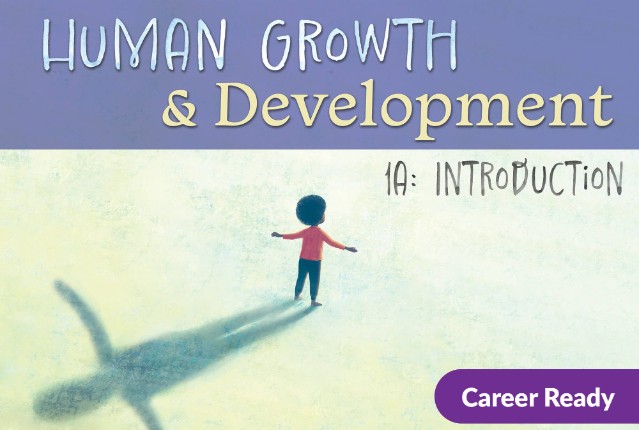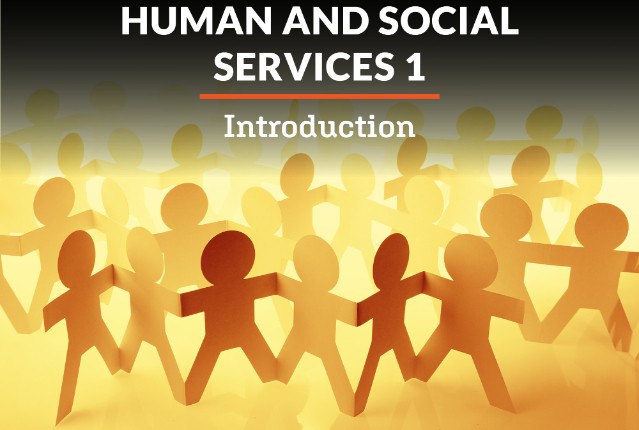
Human Growth and Development 1a: Introduction
From babies in the womb to toddlers to adolescents, human growth and development is fascinating. In this course, you’ll take a deep dive into the physical, cognitive, social, and emotional growth across a child’s lifespan. You’ll learn about key milestones, apply theoretical frameworks that us give insight into ourselves, health and safety for ages and stages, strategies to optimize growth and development, and more! If you’re considering a career in education, the social sciences, or medicine, this class will set you up for success. Let’s grow your understanding of human development today by shining a light on why we do what we do!
Review course outlineAccess for a year
USD 299.00*
* Choose more courses to get a discount

